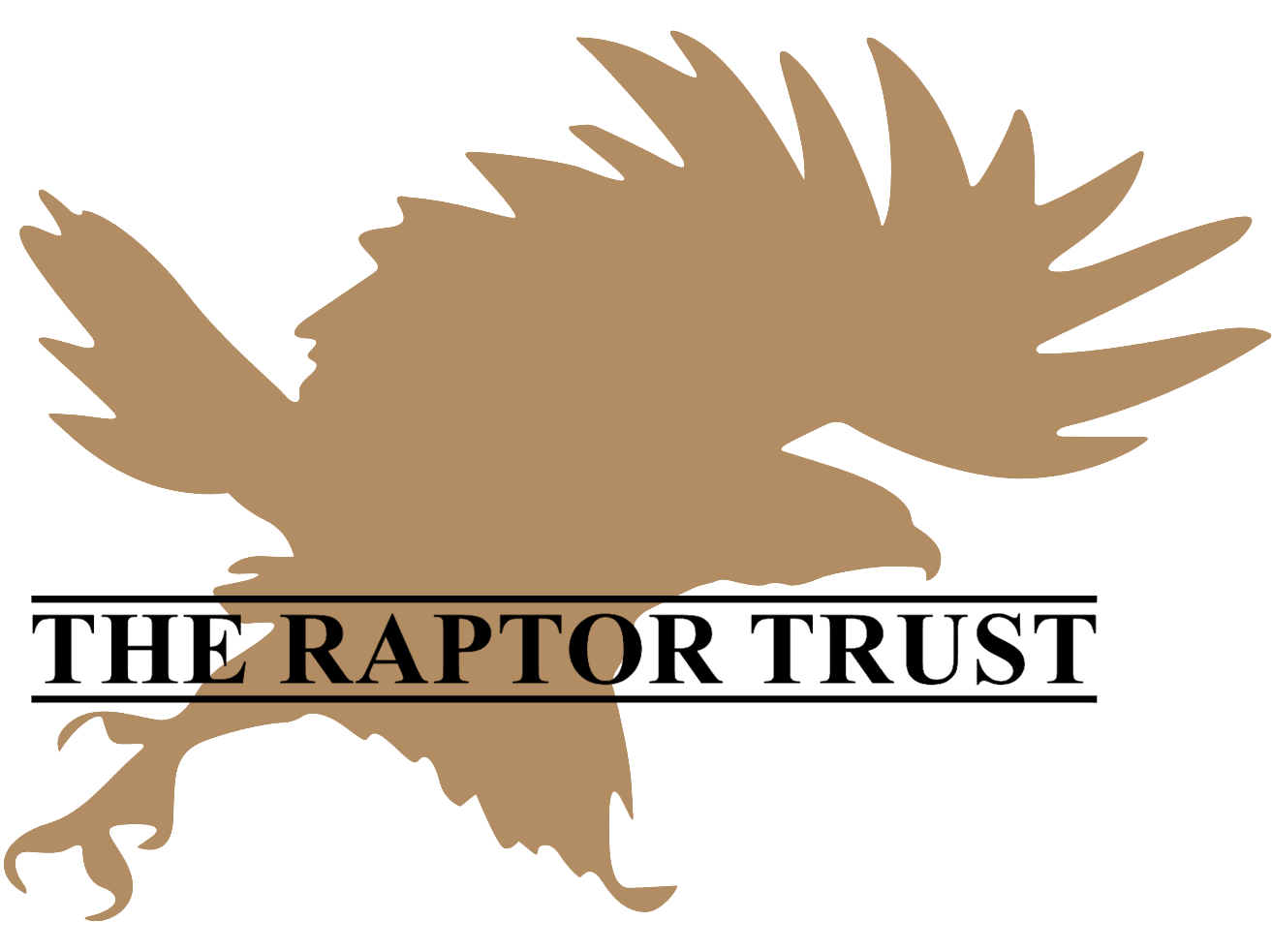Nest Boxes
Example of a nest box being cleaned out. Next boxes need to be cleaned annually.
Many species of raptors–hawks and owls–that live in New Jersey have declined in numbers because of habitat loss. Within the habitat that remains, cavity-nesting raptors cannot find suitable places to breed.
Even when hunting habitat and prey are available, the lack of a nest site can be the major reason for the non-productivity of a hawk or owl species in a given area. Old, dead trees, which provide the best natural sites for cavity-nesters, are often the first to be felled by landowners. Whenever possible, we should try to preserve existing nest sites. Where sites do not at present exist, or have been destroyed, furnishing artificial nest sites is a feasible method for maintaining, or even increasing, populations.
Cavity-nesting raptors such as Barn Owls, Screech Owls, Barred Owls, and American Kestrels do not build nests of their own. They rely on natural sites or those created by other birds or animals, including humans. All these birds will accept man-made nest boxes. When properly constructed and erected these raptor “bird houses” are readily inhabited and may be used year after year. Barn Owls, and to some degree Kestrels and Screech Owls, not only use these boxes but have adapted to man so well, that many spend their entire lives in close proximity to their human landlords. Attracting these birds is desirable not only for their ability to control rodents, but because they are interesting species to have close by for observation.
Ian Scheper of Boy Scout Troop 54, Liberty Corner meeting with TRT director, Chris Soucy to discuss Screech Owl box plans.
Many different types of nest boxes have been tried. The designs proposed here are simple, but functional, and can be made by anyone with tools found in most homes. Except for entrance hole size and placement, dimensions are not critical and may vary an inch or two one way or the other. You need not be a bonafide carpenter to construct a house any hawk or owl would be proud to live in. These designs are by no means the only acceptable ones but from experience, I can say these work.
Breeding failures in artificial boxes from predation, too much disturbance, and competition from other species can be minimized if the box is properly erected and monitored. It may be difficult to place a Barn Owl box in a silo or barn where it will be safe from a raccoon or cat, but this effort must be made to insure success. Starlings and Kestrels compete for nest sites and you may have to “evict” a few sturnus vulgaris from your newly erected Kestrel box in the spring.
The number of boxes that can be placed in a given area is limited only by how many you are willing to build. Most raptors will defend their breeding territory and not allow others of their species to occupy that territory. The size of the area they defend varies depending on the species of raptor, availability of prey and other factors. I have found Barn Owls, Kestrels and Screech Owls all living in fairly small areas, occasionally all three species within one acre. Also on three adjacent farms I have found three Barn Owl families living within sight of each other. One owl box per silo or barn is enough and two or three Kestrel boxes spaced within a one or two acre field is adequate. But, within reason, the more boxes provided, the better the chances of some being found and used.






